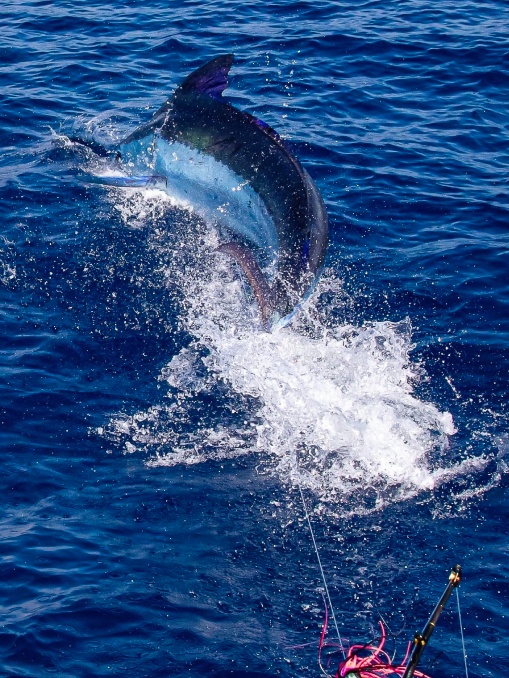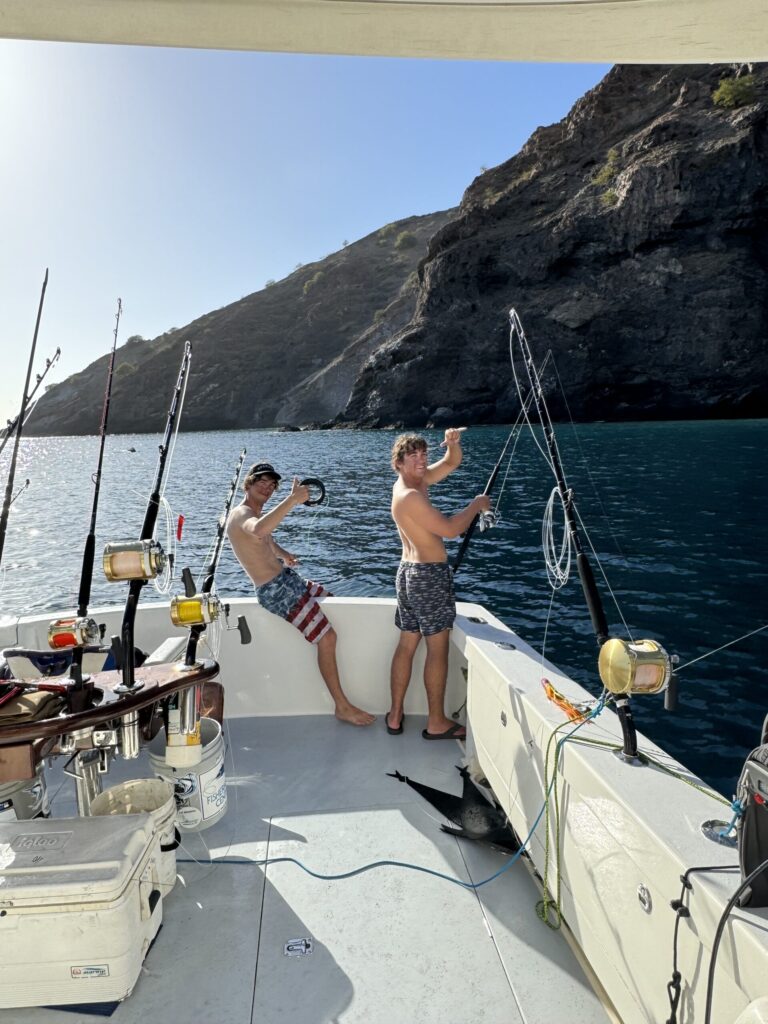Sport Fishing Cape Verde

Cape Verde, an archipelago of volcanic islands located in the central Atlantic Ocean, has quietly risen to the top of many sport fishermen’s lists as a world-class destination. With warm weather year-round, deep waters close to shore, and an incredible variety of game fish, sport fishing in Cape Verde delivers an unforgettable experience, whether you’re a seasoned pro or a first-time angler. Cape Verde, also known as Cabo Verde, is a group of ten volcanic islands scattered in the Atlantic Ocean, about 600 kilometers off the coast of West Africa. Though widely admired for its music, warm hospitality, and dramatic landscapes, Cape Verde has also earned a growing reputation as one of the most exciting destinations for deep-sea anglers. What makes this archipelago stand out in the global fishing scene is not just the stunning scenery or pleasant weather, but the sheer quality and variety of game fish waiting just a few miles from the shore.
1. Understand Why Cape Verde is a Prime Sport Fishing Destination
The first reason Cape Verde attracts anglers from all over the world is the natural layout of its marine geography. Unlike many coastal regions where boats must travel hours to reach deeper waters, Cape Verde’s drop-offs start close to the islands. This means that within just 30 minutes of leaving the harbor, you’re already in waters that hold some of the world’s largest sport fish. The Atlantic currents around Cape Verde are rich in nutrients, which support a strong food chain. This abundance of baitfish brings in the big predators that sport fishermen seek. The second reason Cape Verde is ideal for sport fishing is the climate. With mild temperatures, calm seas, and over 300 sunny days a year, fishing trips can be enjoyed throughout the seasons. The consistent weather makes it easier to plan a trip without the usual concerns about storms or harsh winds.

2. Choose the Right Time of Year for the Best Fishing
While fishing is possible in Cape Verde year-round, different times of year offer different target species. If your goal is to catch blue marlin, the best time to visit is between April and October. These months are considered peak season for marlin in Cape Verde, especially around the waters of São Vicente and Mindelo. During this time, marlin migrate through the area in large numbers, and anglers often get multiple strikes in a single day. If tuna is more your style, the best months are from November to March. Yellowfin and bigeye tuna are especially active during this period. These fish are known for their power and speed, giving anglers a real workout. Wahoo, sailfish, and dorado can be caught during the transitional months between the tuna and marlin seasons, which are typically spring and autumn. This means that no matter what time of year you plan your trip, sport fishing in Cape Verde offers a chance at big, exciting catches.
3. Learn What Fish You Can Catch in Cape Verde
The waters around Cape Verde are rich with marine life, and the list of sport fish is impressive. Blue marlin are the most famous and are the main reason many fishermen visit. These giants can weigh over 1,000 pounds and are known for their powerful runs and dramatic jumps. The thrill of hooking a marlin and battling it for an hour or more is what defines big game fishing for many. White marlin and sailfish are smaller but just as exciting. They are fast, agile, and frequently leap out of the water once hooked. These fish require skill and quick reflexes to land successfully. Yellowfin tuna are among the strongest and fastest fish in the ocean. They often travel in schools and can be caught using trolling or live bait techniques. Bigeye tuna are slightly larger and deeper-dwelling, but provide an equally tough fight.
4. Pick the Right Island for Your Fishing Trip
Each island in sport fishing in Cape Verde has its own personality when it comes to fishing. São Vicente, specifically the town of Mindelo, is the most famous. Mindelo is known as the marlin capital of Cape Verde, and it hosts several international fishing tournaments every year. The deep ocean is very close to shore here, which means you spend more time fishing and less time cruising. Sal Island is another great option, especially for travelers who want to combine fishing with leisure. Sal has excellent resorts, beautiful beaches, and access to good fishing grounds. Tuna, wahoo, and dorado are commonly caught in these waters. The fishing charters on Sal often depart from Palmeira or Santa Maria. Santiago, the largest island in the country, offers a quieter, more local experience. Fishing from Praia or Tarrafal allows access to good bottom fishing and jigging spots. While it’s not as popular for marlin, the waters are less crowded, and there’s a good chance of catching amberjack or tuna.
5. Learn the Main Techniques Used in Cape Verde Sport Fishing
The most common technique for big game fishing in Cape Verde is trolling. This involves pulling multiple lines with artificial lures or dead bait behind the boat. Trolling is the best way to catch blue marlin, yellowfin tuna, dorado, and wahoo. The action can be fast and furious, especially during peak season. Another popular technique is jigging. This method uses a metal lure dropped deep into the water and moved quickly up and down to attract predatory fish. Jigging is particularly effective for amberjack, grouper, and other reef fish. Live bait fishing is also used, especially when targeting finicky tuna or marlin. Anglers may catch baitfish first, then use them to attract larger predators. For those who enjoy hands-on fishing, popping and spinning with surface lures can be effective near reefs or around schools of fish.
6. Book a Reputable Charter for the Best Experience
Booking a charter in Cape Verde is easy, with many experienced operators offering half-day, full-day, or multi-day trips. Most charters provide everything you need, including rods, reels, lures, bait, and safety equipment. The boats are usually well-equipped and operated by local crews who know the waters well. When choosing a charter, look for one with good reviews, licensed guides, and a focus on safety and sustainability. During marlin season, it’s a good idea to book your trip in advance since demand is high. Some charters include food, drinks, and pick-up services. It’s also worth asking if they practice catch-and-release for certain species, especially marlin, which helps protect fish populations for future generations.
7. Enjoy the Adventure and Be Prepared
To make the most of your sport fishing Cape Verde trip, come prepared with sunscreen, a hat, sunglasses, and a light jacket. The sun can be intense even on the open sea. Bring a waterproof camera if you want to capture the moment you land your dream catch. It’s important to stay hydrated and follow the crew’s instructions for safety and success. Fishing can involve long hours under the sun, so pacing yourself and enjoying the ocean views is part of the experience. Whether you land a giant marlin or a feisty dorado, every trip offers the chance to make lasting memories.
Conclusion
Sport fishing in Cape Verde is more than just a hobby — it’s a full-fledged adventure. From the moment your boat leaves the harbor to the final tug on your line, every second on the water is packed with possibility. With ideal weather, expert charters, and world-class fish, Sport Fishing Cape Verde delivers an unmatched experience. Whether you’re traveling solo, with friends, or planning a family outing, the islands of Cape Verde offer the perfect setting for your next big catch.


